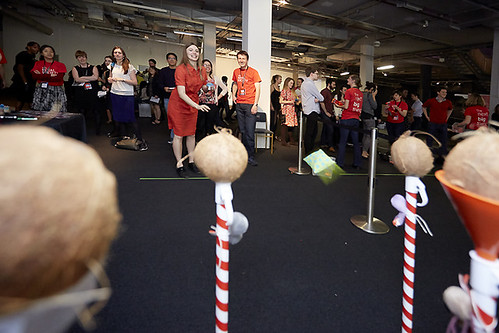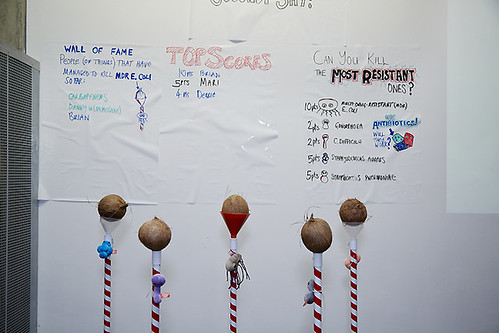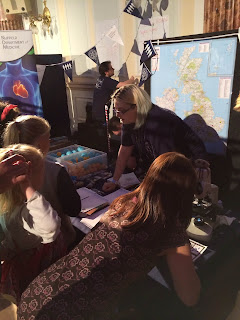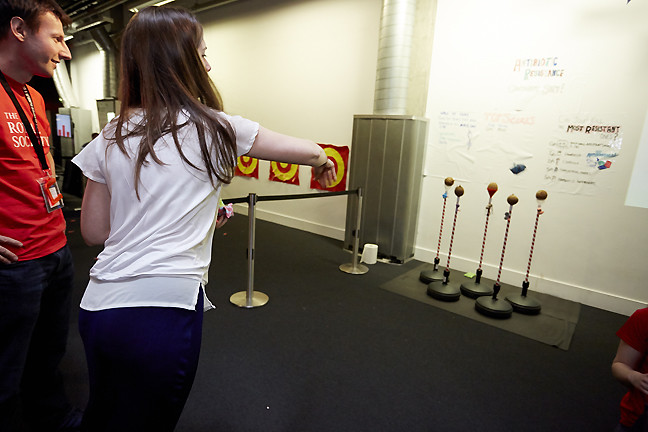"Microbial Genomics (MGen) publishes high quality, original research on archaea, bacteria, microbial eukaryotes and viruses. MGen welcomes papers that use genomic approaches to understand microbial evolution, population genomics and phylogeography, outbreaks and epidemiological investigations, impact of climate or changing niche, metagenomic and whole transcriptome studies, and bioinformatic analysis covering the breadth of microbiology, from clinically important pathogens to microbial life in diverse ecosystems."
The journal, whose tag line is Bases to Biology, will publish microbiological discoveries and innovations in research methods and bioinformatics. The journal is headed by renowned Wellcome Trust Sanger Institute scientists Stephen Bentley and Nicholas Thompson with an impressive editorial board that I joined earlier this year. Article processing charges have been waived during the journal's launch year - so get in there fast!









